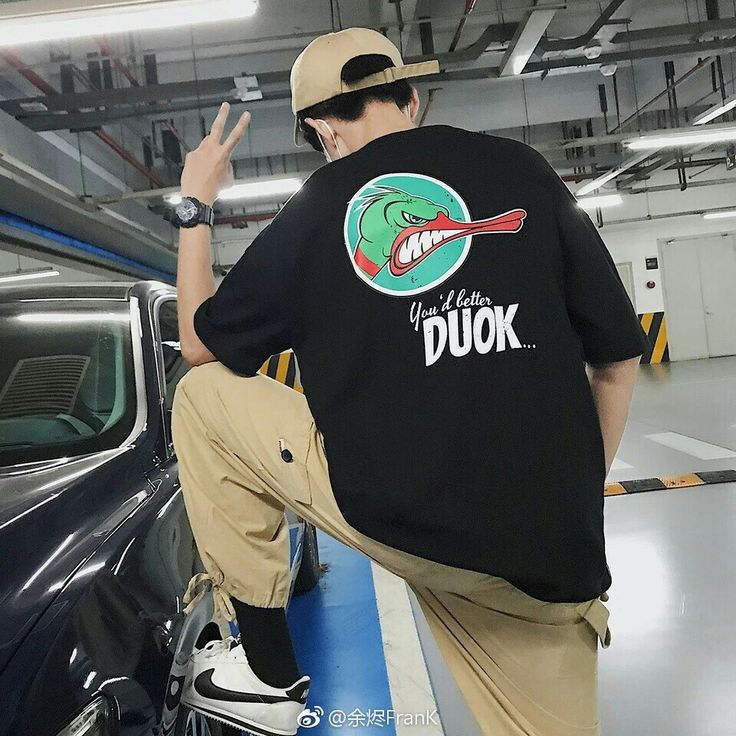Currently Empty: $0.00

The T-shirt is a garment that transcends its utilitarian roots, evolving into a global fashion staple, a canvas for personal expression, and a symbol of various cultural movements. From its humble beginnings as an undergarment to its status as a must-have fashion item, the T-shirt’s journey is one that mirrors the growth of modern society itself. In this article, we will explore the rich history, various types, cultural impact, and innovations surrounding the T-shirt. We will examine its role in everyday life, its influence on pop culture, and its rise as a symbol of both rebellion and mainstream fashion.
1. Origins and Early History of T-Shirts
The origins of the T-shirt date back to the late 19th century, a time when clothes were still primarily utilitarian. The T-shirt, in its early form, was a simple garment worn underneath work uniforms or military gear to provide comfort. The U.S. Navy was the first to issue a standardized T-shirt in the early 1900s, made from cotton and designed to be worn as an undergarment. This simple piece of clothing was lightweight and practical, particularly for sailors navigating hot and humid conditions during long voyages.
The T-shirt’s design during these early years was basic, consisting of a round neck, short sleeves, and a loose fit. While this was far from the modern, fashionable T-shirt we know today, it marked the beginning of a garment that would go on to define casual wear around the world. It was also around this time that T-shirts began to be manufactured from cotton, a soft and breathable material that made them comfortable to wear, especially in warmer climates.
2. The T-Shirt in Popular Culture: A Symbol of Rebellion
The rise of Hollywood in the 1940s and 1950s played a pivotal role in transforming the T-shirt from an ordinary garment into a symbol of rebellion and youth culture. During this time, famous movie stars like Marlon Brando and James Dean sported T-shirts in iconic films, and their effortless, casual style made the T-shirt a symbol of nonchalance and youthful defiance. The most notable example of this is Brando’s portrayal of Stanley Kowalski in A Streetcar Named Desire (1951), where he wore a plain white T-shirt. This marked a key turning point in the history of the T-shirt, solidifying its association with youthful rebellion and masculinity.
James Dean, who starred in Rebel Without a Cause (1955), also popularized the T-shirt as an emblem of rebellion. His portrayal of the misunderstood teen, wearing a T-shirt with jeans, captured the ethos of a generation frustrated with societal norms. These two actors, along with their respective characters, elevated the T-shirt from an undergarment to a tool for cultural expression. The T-shirt was now no longer just for the working class—it was for anyone who wanted to project an image of youth, defiance, and freedom.
3. T-Shirts as a Canvas for Political Expression and Branding
As the 1960s rolled around, the T-shirt became more than just a fashion item. It became a tool for political activism and social commentary. This period marked the beginning of the “graphic T-shirt,” a style in which T-shirts featured logos, slogans, and images that conveyed personal or political messages. T-shirts with the peace symbol, pro-civil rights slogans, or messages advocating for social change became popular among activists, students, and protestors, especially during the Vietnam War era.
By the 1970s, the T-shirt had firmly established itself as a key element of counterculture fashion. It was worn by anti-establishment groups as a symbol of their opposition to authority, war, and the political status quo. The graphic T-shirt allowed individuals to express their beliefs and values in a direct, visible way, without the need for words. This was especially evident in the music world, where bands like The Beatles and The Rolling Stones had their logos and album covers printed on T-shirts, solidifying the T-shirt as both a marketing tool and a fashion statement.
4. The Rise of T-Shirts in the 1980s and 1990s
In the 1980s, the commercialization of T-shirts reached new heights. The T-shirt, once considered an affordable and casual garment, was now being mass-produced by designers and brands seeking to capitalize on its popularity. Designer T-shirts became a status symbol, with prominent logos from high-end fashion houses such as Calvin Klein, Tommy Hilfiger, and Ralph Lauren appearing on the fronts of shirts. These T-shirts were no longer simple, plain garments but had bold logos and brand names displayed prominently. They became an essential part of streetwear and urban fashion, worn by people who wanted to demonstrate their social status or align themselves with a particular brand.
During the 1990s, the graphic T-shirt enjoyed a resurgence, especially with the rise of the grunge movement. Grunge icons like Kurt Cobain of Nirvana popularized the “anti-fashion” look, which often included worn-in T-shirts with simple logos or messages. The music scene, particularly in the alternative rock genre, had a significant influence on fashion during this time, and T-shirts were central to this trend. These T-shirts were used to communicate allegiance to certain bands, subcultures, or ideologies. The 1990s also saw the introduction of online stores, where fans could purchase T-shirts featuring their favorite bands or political causes with just a few clicks.
5. The Role of T-Shirts in Streetwear and High Fashion
In recent decades, T-shirts have remained central to streetwear culture, which blends fashion, music, and a sense of rebellious attitude. Streetwear brands such as Supreme, Off-White, and BAPE have turned T-shirts into highly sought-after luxury items. Limited-edition T-shirts featuring unique designs or collaborations with artists, musicians, or designers have become collector’s items, often reselling for exorbitant prices. The T-shirt, once a humble and affordable piece of clothing, is now a symbol of exclusivity and status.
At the same time, the T-shirt has found its place in high fashion. Designers like Jean-Paul Gaultier, Vivienne Westwood, and Alexander Wang have incorporated T-shirts into their runway collections, elevating the garment to a level of sophistication that was previously unthinkable. These high-fashion T-shirts often feature avant-garde designs, intricate prints, or the incorporation of luxurious fabrics such as silk and cashmere. For these designers, the T-shirt is not just a casual garment but a piece of wearable art.
6. T-Shirt Materials and Manufacturing: A Look Behind the Scenes
T-shirts come in a wide range of materials, each offering different qualities in terms of comfort, durability, and style. The most common material for T-shirts is cotton, due to its softness, breathability, and comfort. Cotton T-shirts are especially popular in warmer climates, as they allow for better air circulation and moisture-wicking properties. Organic cotton, grown without pesticides or chemicals, has gained popularity as consumers become more environmentally conscious. This more sustainable option is often used by eco-friendly clothing brands.
Another material commonly used in T-shirts is polyester, a synthetic fabric known for its durability and moisture-wicking properties. Polyester T-shirts are popular in sports and activewear due to their ability to keep the wearer dry and cool. Polyester is also less prone to shrinking and fading compared to cotton, which makes it a popular choice for garments that require frequent washing.
Blends of cotton and polyester are also common, combining the softness of cotton with the durability and moisture-wicking capabilities of polyester. This blend creates a T-shirt that is both comfortable and long-lasting, making it a popular choice for casual wear, sports, and active lifestyles.
7. The T-Shirt as a Business and Marketing Tool
In addition to its role as a fashion item, the T-shirt has also become an essential tool for businesses and marketers. Companies use T-shirts as a promotional item, printing their logos or slogans on shirts and giving them away to customers or employees. These branded T-shirts are often seen at conferences, trade shows, or events as a way to build brand awareness and promote company loyalty.
T-shirts have also become a popular tool for political campaigns and social movements. Throughout history, T-shirts have been used to promote candidates, political causes, and social justice issues. From “I Love New York” shirts to the iconic “Make America Great Again” T-shirt, these garments serve as both fashion accessories and political statements.
8. Sustainability and the Future of T-Shirts
As the world grapples with the environmental impact of fast fashion, the T-shirt industry has come under scrutiny for its role in contributing to waste and pollution. Many companies are now focusing on creating more sustainable T-shirts by using eco-friendly materials, reducing water usage during manufacturing, and adopting fair labor practices. Additionally, several brands are exploring innovative techniques such as upcycling old T-shirts or creating T-shirts from recycled plastics and fabrics.
The rise of sustainable fashion is pushing the T-shirt to evolve once again. Consumers are increasingly demanding ethically produced garments that are both environmentally friendly and stylish. The future of T-shirts lies in their ability to adapt to this growing trend toward sustainability while retaining their place as a symbol of personal expression and culture.
Conclusion
The T-shirt, with its humble beginnings, has grown to become one of the most important and versatile garments in fashion history. It has witnessed countless transformations, from an undergarment to a symbol of rebellion, from a fashion statement to a vehicle for activism. Today, the T-shirt is more than just a piece of clothing; it is a global phenomenon that continues to shape culture, society, and fashion. Whether it is worn for comfort, style, or to make a statement, the T-shirt remains an enduring

